-
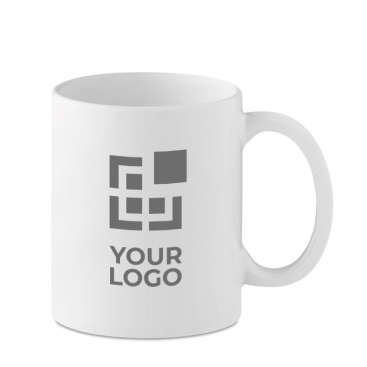
Best seller
-
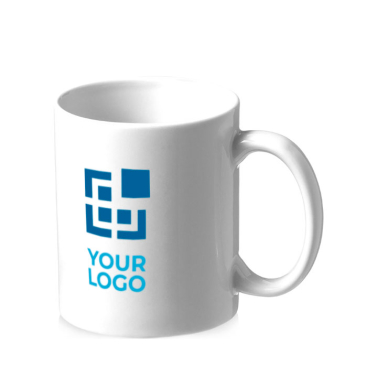
Best seller
-
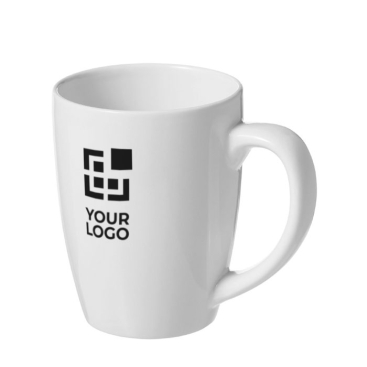
Best seller
-
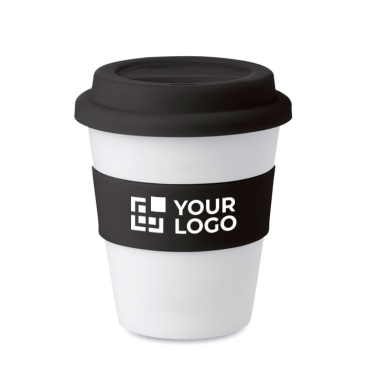
Best seller
-
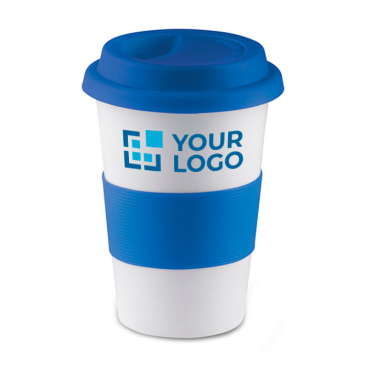
Best seller
-
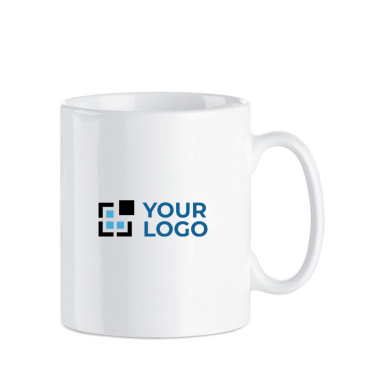
Best seller
-
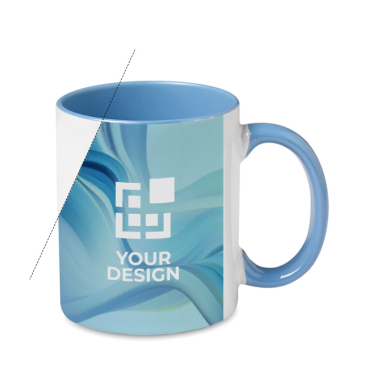
Best seller
-
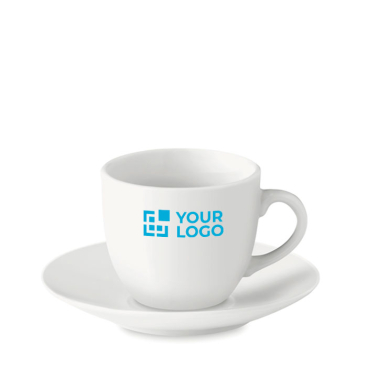
Best seller
-
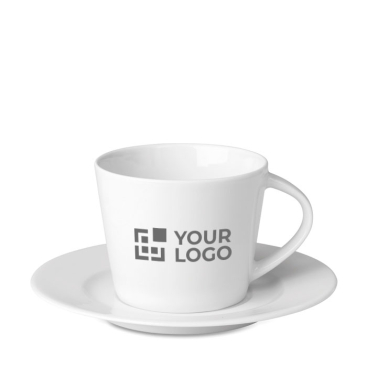
Best seller
-
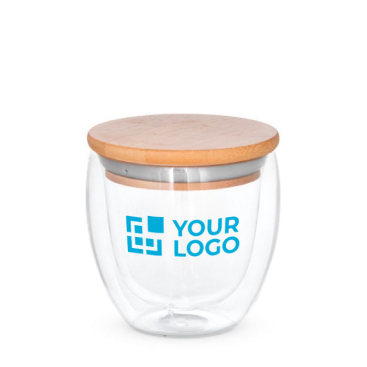
Best seller
-
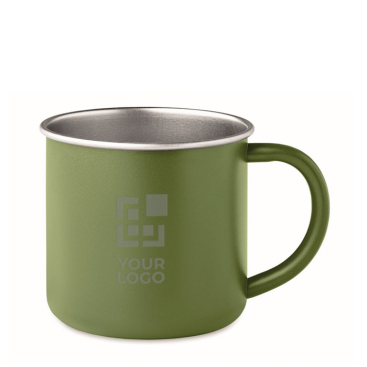
-
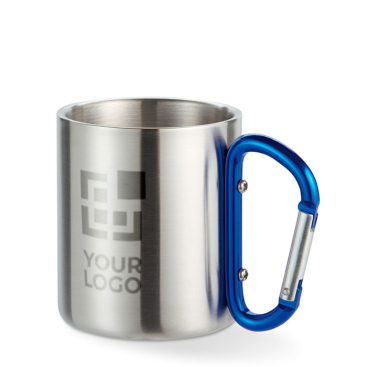
Best seller
-
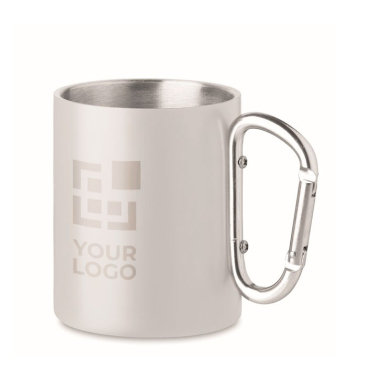
-
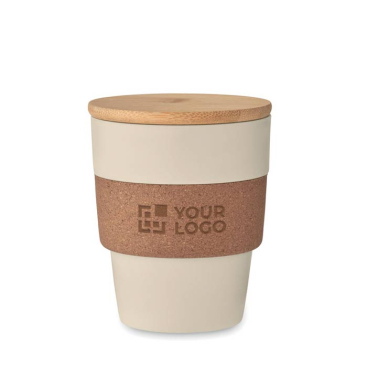
-
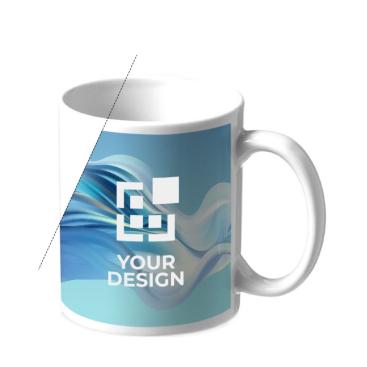
-
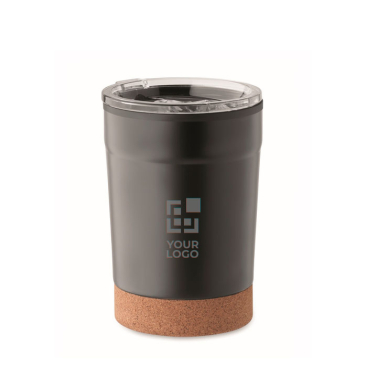
-
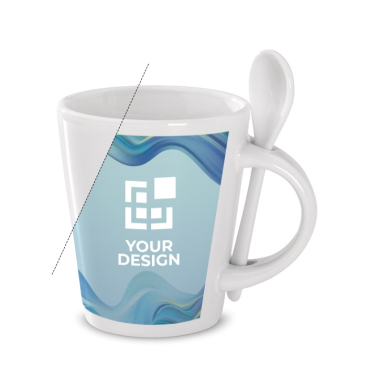
-
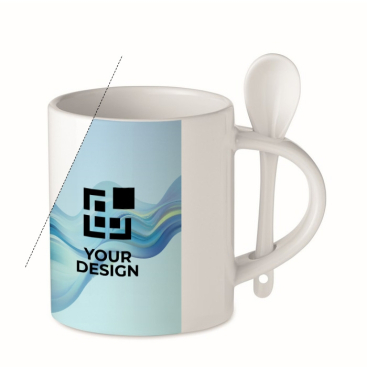
-

-
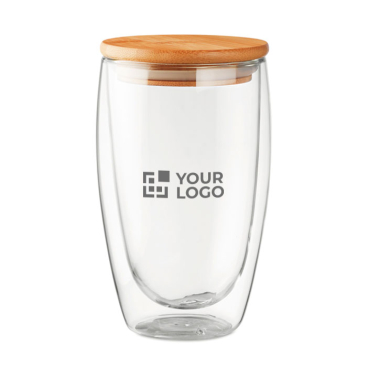
-
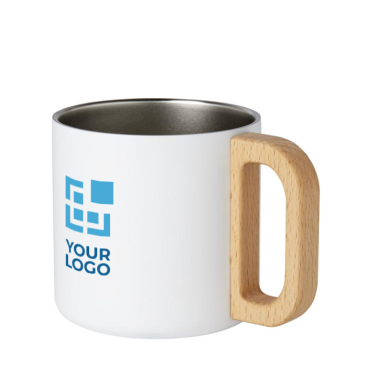
-
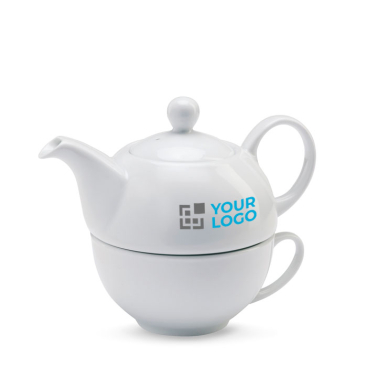
-
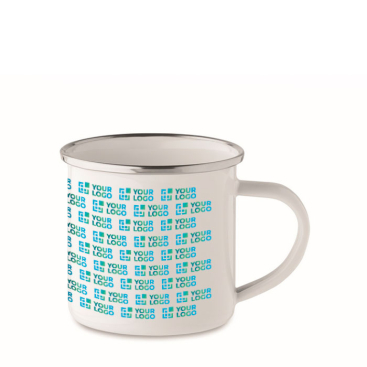
-
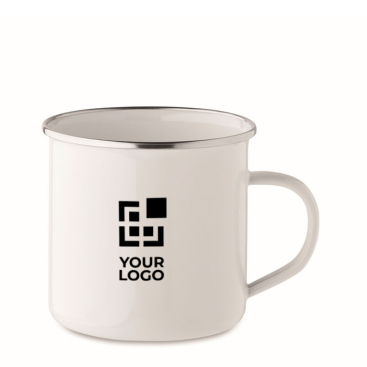
-
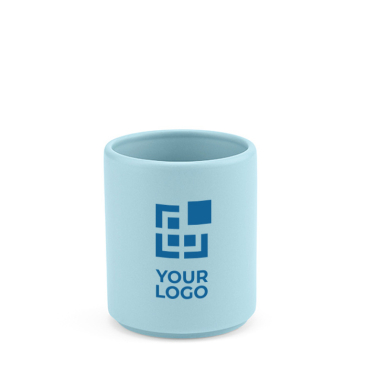
-
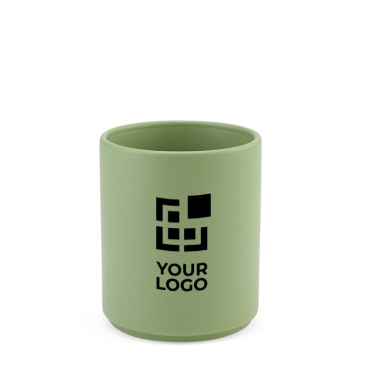
-
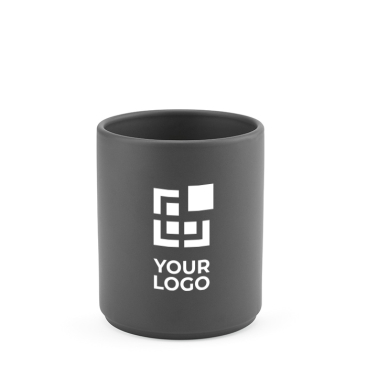
-
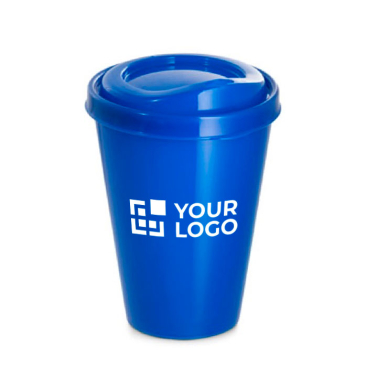
-
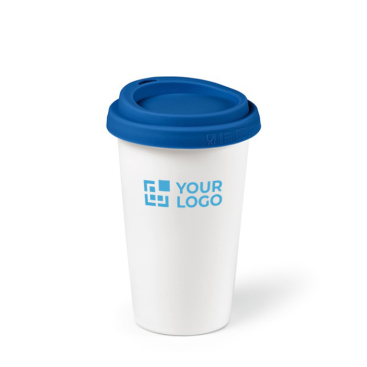
-
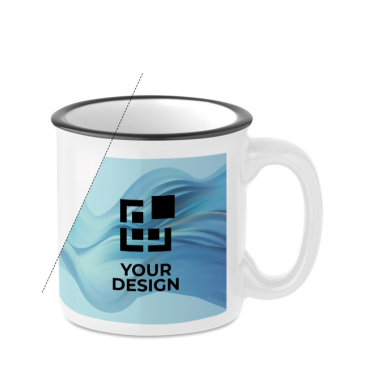
-
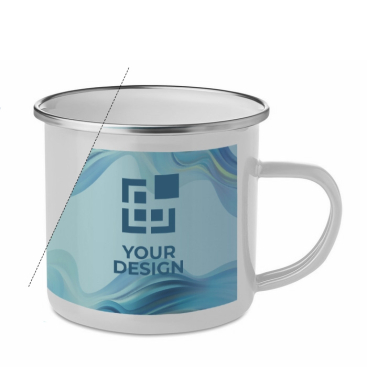
-
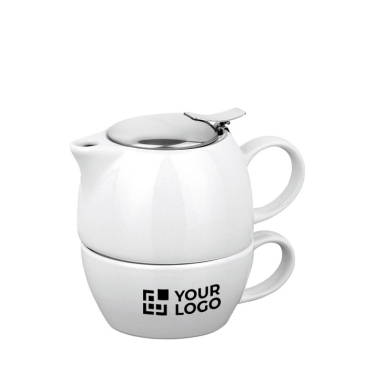
-
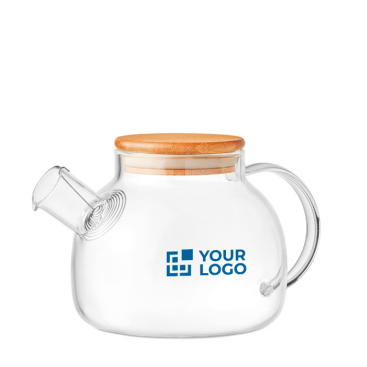
Best seller
-
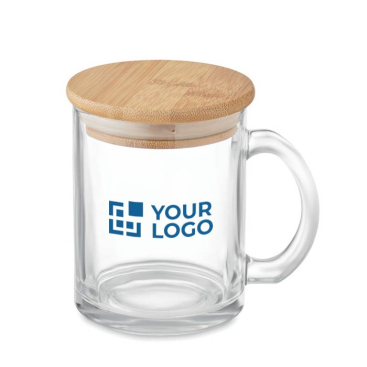
-
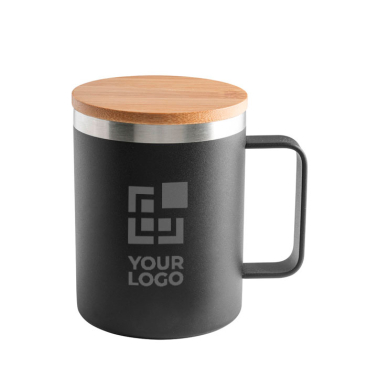
-
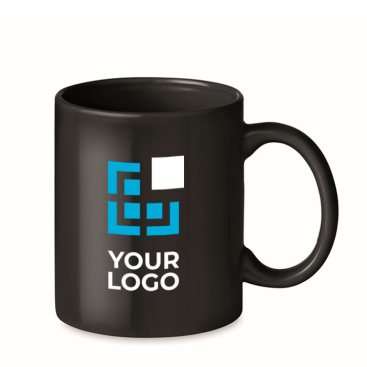
-
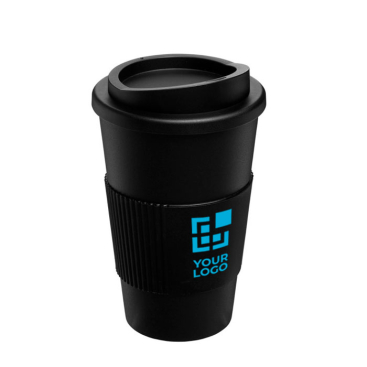
-
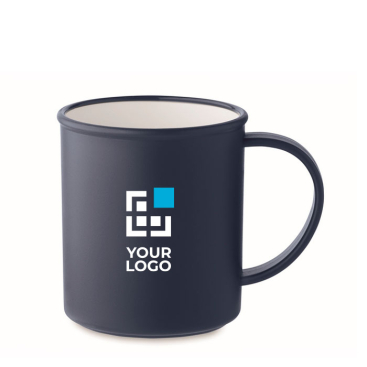
-
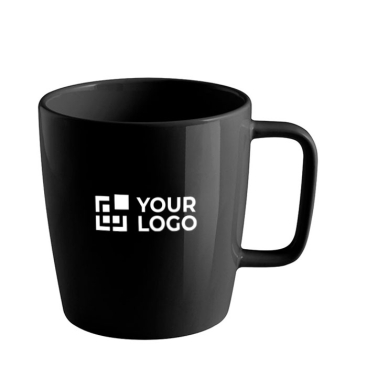
-
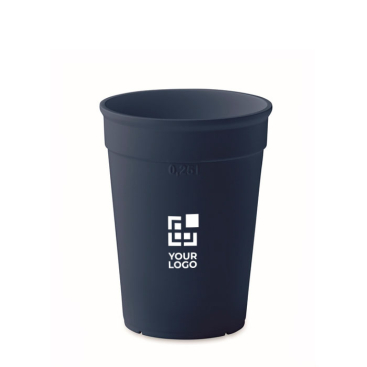
-
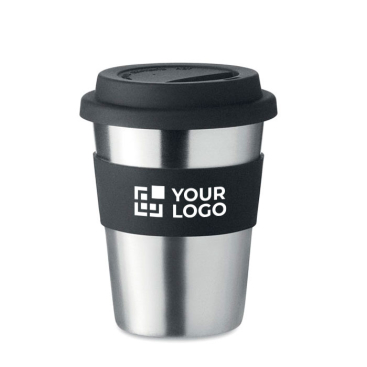
-
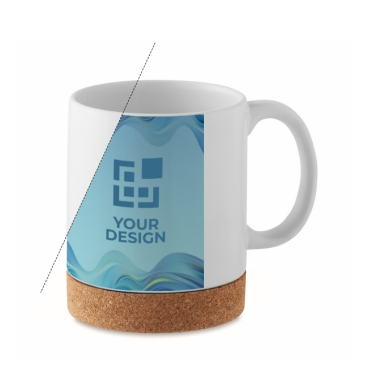
-
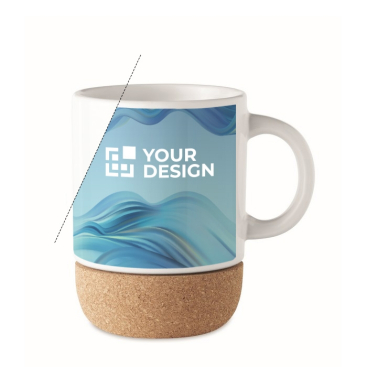
-
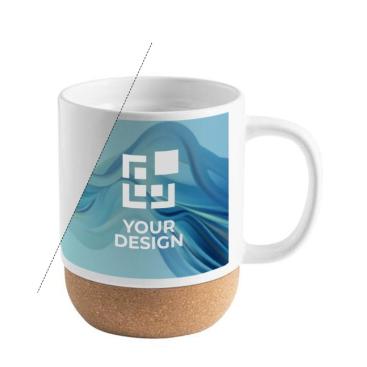
-
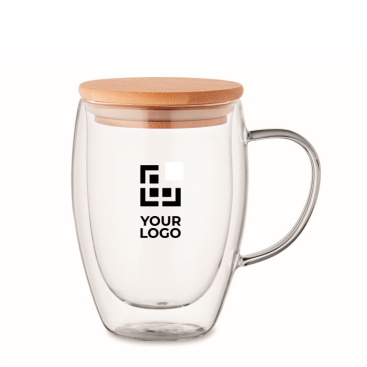
-
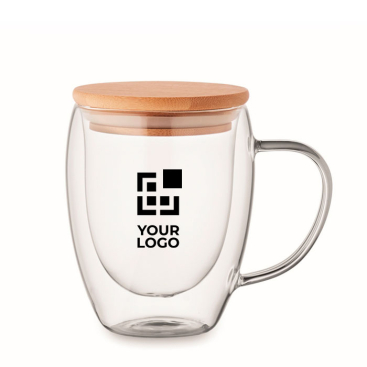
-
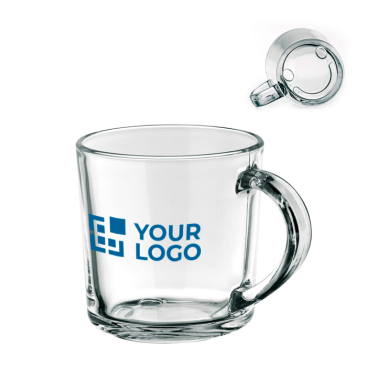
Best seller
-
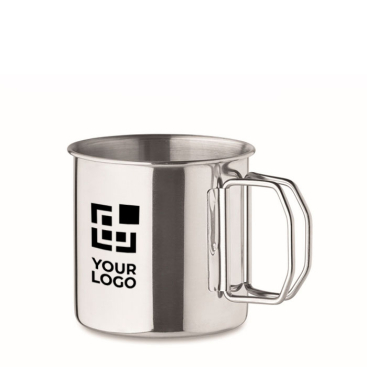
Tips on Choosing Your Printed Mugs
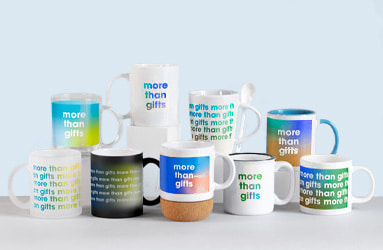
The Material of Your Branded Mugs Speak About Your Brand
Before choosing the size or printing method for your branded mugs, it’s important to determine which material is best suited for your brand’s needs. Whether you’re looking to create practical promotional products, stylish branded merchandise, or eye-catching giveaways, here are the top materials to consider:
- Ceramic: A customer favourite due to its affordability and versatility in design. Its smooth surface is perfect for detailed customisation, making it a go-to choice for budget-conscious campaigns.
- Porcelain: A premium alternative to ceramic that doesn’t absorb odours or flavours, giving your mugs an elegant, high-end look.
- Metal: Durable and practical, materials like aluminium or stainless steel retain heat or cold efficiently. Metal mugs also allow for sleek laser-engraved logos, adding a professional touch.
- Glass: Perfect for those who prioritise sustainability and aesthetics. Glass mugs, especially made from borosilicate, are ideal for hot beverages, recyclable, and free from flavour transfer.
- Plastic: Lightweight, durable, and cost-effective, these mugs are an excellent choice for affordable items that can still make a big impact.
- Cork: Often used as a base for mugs or in takeaway designs, cork offers a more eco-friendly option that’s aligned with brands promoting natural values.
Disposing of Mugs Responsibly
Sustainability matters, even for branded merchandise. While glass and plastic have dedicated recycling containers, ceramic, porcelain, and metal should be taken to a local recycling facility instead of general waste. Following proper disposal guidelines reflects positively on your brand’s environmental commitment.
Match Your Promotional Mug’s Style to Your Audience
Is your mug intended for home use or travel? For those who prefer relaxing moments, a classic ceramic mug is the perfect choice. For busy, on-the-go lifestyles, opt for takeaway or thermal mugs that align with modern needs. For bold, creative campaigns that make your promotional products stand out, consider sublimated mugs for their stunning full-colour designs.
For full-colour printing, consider using sublimation, which is perfect for high-quality, detailed graphics on white ceramic mugs. These mugs are also dishwasher-safe, making them an easy choice for branded merchandise.
Then, for a truly creative campaign that draws attention, why not go for a sublimated mug? This allows for full-colour, detailed prints on your mugs.
If your promotional items need to appeal to coffee or tea drinkers, a classic ceramic mug or a travel mug might be just what you need.
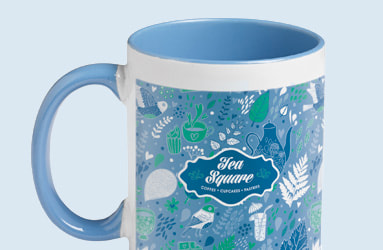
Printing Techniques to Elevate Your Brand
The right printing technique can make your branded mugs unforgettable. Depending on the material, here are some standout options:
- Pad Printing and Screen Printing: Budget-friendly methods ideal for applying simple logos in up to four colours. These techniques work well for cheap swag items while keeping costs low.
- Sublimation: Perfect for high-resolution, full-colour designs. Sublimation works best on white ceramic and is dishwasher-safe, making it a popular choice for branded merchandise.
- Laser Engraving: Adds a touch of sophistication with its long-lasting finish, ideal for cork, wood, glass, or metal mugs.
- Sandblasting: Achieves a refined, 3D effect, suitable for materials like porcelain, ceramic, and glass.
- Digital Printing: A versatile method that delivers vivid, full-colour logos on almost any surface.
Circular vs. 360° Printing
When planning your mug’s design, it’s important to differentiate between circular and 360° printing. Circular printing covers part of the mug’s surface, while 360° printing wraps around the entire body. Keep in mind that only handleless mugs can accommodate a full 360° design.
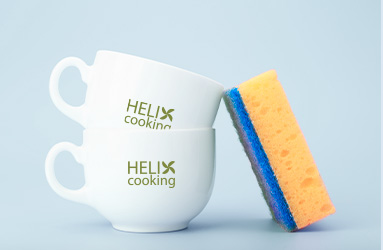
Care Tips for Promotional Mugs
To ensure your branded mugs remain in excellent condition, encourage recipients to follow these care tips:
Handwashing with a soft sponge is always recommended, even for dishwasher-safe mugs, to protect the logo and maintain the mug’s appearance.
While ceramic is microwave-safe, materials like metal, cork, or wood should never be microwaved. Frequent heat exposure may also affect certain types of printing, so moderate use is advised.
Choosing the Right Mug Size
Size matters when it comes to making your promotional mugs practical and appealing:
- Small Mugs (60–100 ml): Perfect for espresso lovers, these mugs add a premium touch to cafés, offices, or corporate settings.
- Medium Mugs (200–300 ml): A versatile choice for tea and coffee drinkers. Their larger branding area makes them ideal for daily use at home or work.
- Large Mugs (350–500 ml): For those who need an extra boost, large mugs are great for giveaways, welcome packs, or as employee gifts.
The Top 3 Printed Mugs for Your Business
· 350 ml Travel Mug: Practical, lightweight, and available in vibrant colours. Perfect for busy lifestyles and eco-conscious branding.
· 300 ml Vintage Recycled Mug: A timeless classic, ideal for tight budgets while maintaining quality.
· 350 ml Sublimation Mug: The ultimate choice for full-colour designs. Dishwasher-safe and beautifully packaged, this mug offers excellent value for premium campaigns.
Frequently Asked Questions About Mugs With Your Logo
What is the difference between ceramic and porcelain?
Ceramic is a porous and heavy material, and it is much more affordable. Over time, it tends to scratch much more easily. Porcelain, on the other hand, is a type of white clay, lighter in weight with a fine and glossy finish. Generally, it is more resistant to wear from cutlery and has a higher price.
Why invest in mugs as corporate merchandise?
Firstly, they help increase brand visibility as they are used daily in various locations. Secondly, they can be a very cost-effective merchandising option that reaches a wide audience. Thirdly, the wide variety of shapes, materials, capacities, and aesthetic options makes them adaptable to all types of preferences. Lastly, they pair perfectly with other gifts like branded t-shirts, branded wristbands, or branded keyrings, making them ideal for welcome packs for new employees or as rewards for loyal clients.
What are the print areas on the mugs?
The most common area to print the logo is on one side of the mug. However, techniques like screen printing or sublimation allow for a circular print around almost the entire mug. There are also models that can be printed inside, on the handle, or at the base. You’ll find these specifications on the product page.
Do mugs with logos come in individual boxes?
Some models do. The boxes are ideal for better protection of engraved or printed mugs and to give them a better presentation when handing them to clients or employees. You will find this information in the product description. If not specified, they may not include this packaging, but if you want more specific details or have any suggestions, feel free to email or call us – we’ll be happy to answer any questions and assist with your purchase.
Are the mugs dishwasher or microwave safe?
It depends. As mentioned in the care section, materials like ceramic or metal are suitable for dishwashers, but the print may not be. When you check the model, both in the description and the technique section, you’ll see if it’s suitable for this appliance, although we generally recommend hand washing. The same applies to microwave use, with options like bamboo, cork, or steel that should never be used, just as there are printing techniques sensitive to heat.
Which lasts longer, screen printing or sublimation?
In general, screen printing tends to last longer than sublimation, especially with frequent use and washing. The main reason is that screen printing applies a layer of ink directly onto the surface of the mug, making it more durable if cared for properly. On the other hand, sublimation involves transferring the design using heat and pressure, integrating the colour into the surface layer of the mug. This allows for vibrant, full-colour images, but it is less durable in the long term.